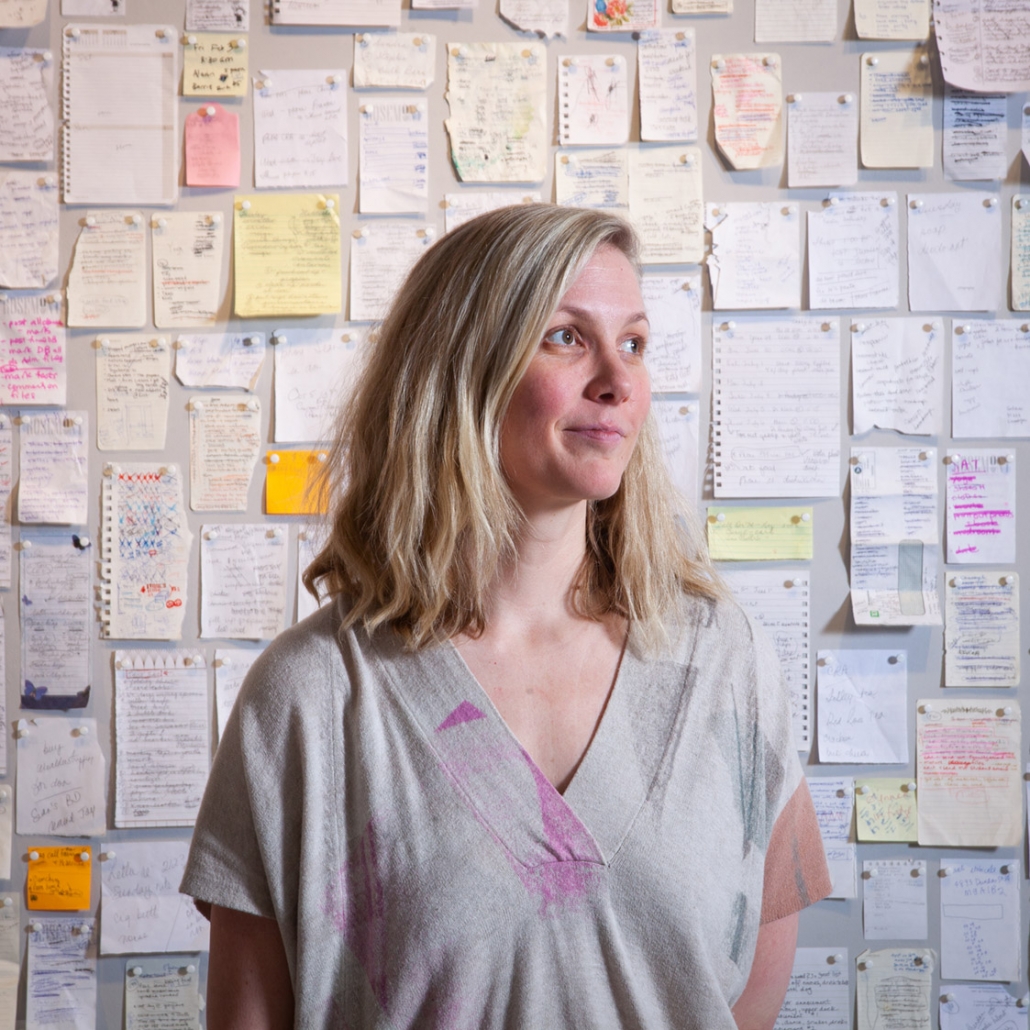ABOUT
Bio:
Amy Bagshaw (she/her) is a visual artist and educator. She earned her BFA from Queen’s University, and MFA from Stony Brook University, New York, with a focus on fibre installation and intermedia. A Graduate Gender Studies Scholar, her art practice extends to Intersectional Feminism and contemporary craft practices. She has exhibited throughout North America and in Europe and has created public art works for the City of Barrie and Alliston, ON.
Amy has received numerous grants, participated in a residency at The Banff Centre and her work can be seen on the cover of Feminist Time Against Nation Time (Dietrich and Hesford, 2008). Her paper “Notes from the Portal: Feminist Teaching Strategies in/post-pandemic Art and Design Classrooms,” was published in Teaching in a Post-COVID Era (Springer, 2021).
Amy has taught Visual Art, Art History, Art Theory, and Architecture/Design History and Theory at Stony Brook University, NY, Yorkville University, Toronto Metropolitan University (formerly Ryerson University), Centennial College, and Thompson Rivers University. She is a Professor in the School of Design and Visual Art and Program Coordinator of the Museum and Gallery Studies Program at Georgian College, and Director of The Campus Gallery at Georgian College. She lives in Alliston with her family.
Artist Statement:
I began my art practice as a child with a watercolour and oil painting focus. As I moved through school, my work maintained an obsession with line and space with an emphasis on Feminist Theory, community engagement, and overlapping scales. During my graduate work, I developed an interest in fibre arts and have been working with burlap, cotton thread, and exterior twine to create site-specific installations for close to twenty years.
With line and layers, I map the space between and around architectural features to articulate the distinct geographies of a location and the distances that separate us from the art itself. Using domesticated materials in a Formalist aesthetic, each installation – whether it be on my front lawn, in a traditional gallery space, or as public art – asks viewers to consider our relationships to form and place. By highlighting the boundaries and the structure of each space, the echoes of the sculptures are reflected through shadows and light.
Each installation responds to the complex dynamics of interior and/or exterior locations. The intention is to move beyond a screen mediated experience and connect with the importance of the space/art relationship. These physically demanding installation processes feel like a choreographed dance where I repeat actions, ideally in a public/community-oriented performance.
All of my creative practices engage with my educational/political praxis which aim to meet communities where they are, welcome awareness to the relationships between place and art, and draw attention to materials and their meanings. I am grateful for all of the support I have received over these multiple decades from teachers, students, family, and friends.

